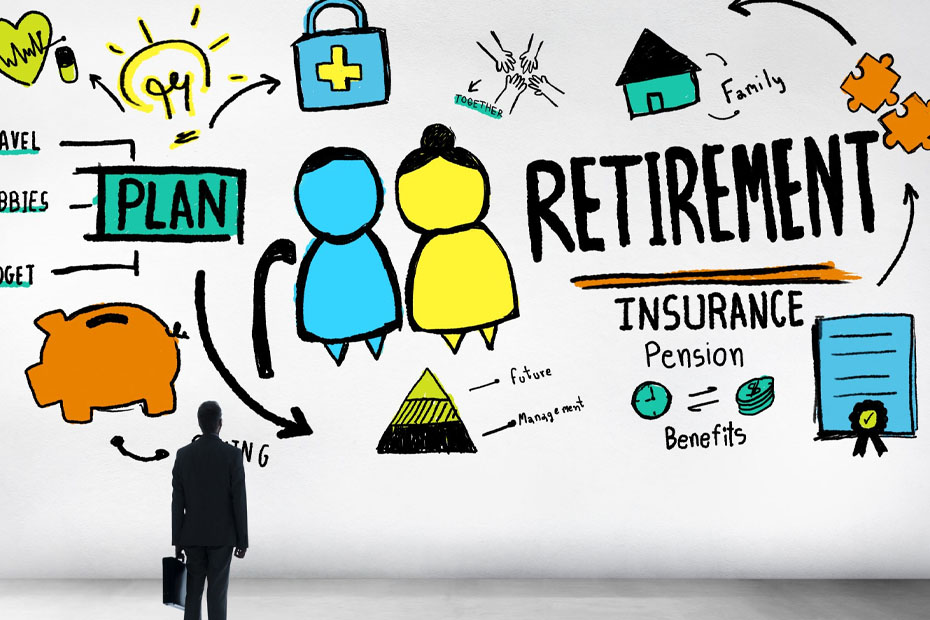Retirement planning includes a lot more than simply how much you will save and how much you need. It takes into account your complete financial picture.
Your Home
For most People, the single biggest asset they own is their home. How does that fit into your retirement plan? A home was considered an asset in the past, but since the housing market crash, planners see it as less of an asset than they once did. With the popularity of home loans, many homeowners are entering retirement in mortgage debt instead of well above water.
Once you retire, there’s also the question of whether you should sell your home. If you still live in the home where you raised multiple children, it might be more significant than you need, and the expenses that come with holding onto it might be considerable. Your retirement plan should include an unbiased look at your home and what to do with it.
Estate Planning
Your estate plan addresses what happens to your assets after you die. It should include a Will that lays out your plans, but even before that, you should set up a trust or use some other strategy to keep as much of it as possible shielded from estate taxes.
Tax Efficiency
Once you reach retirement age and begin taking distributions, taxes become a big problem. Most of your retirement accounts are taxed as ordinary income tax. That means you could pay as much as 37% in taxes on any money that you take from your traditional. If you believe you will make more money later in life, it may make sense to do a Roth conversion. Golden Years Forever can help you with that.
Insurance
A key component of retirement planning is protecting your assets. Age comes with increased medical expenses, and you will have to navigate the often-complicate medical system. Many people feel that standard Medical doesn’t provide adequate coverage, so they look to a Medical Advantage or other policy to supplement it. There’s also life insurance and long-term care insurance to consider.

